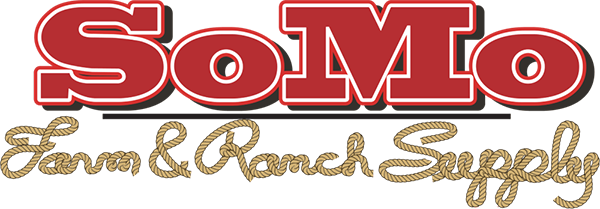Winter months pose challenges for cattle herders because of a lack of feed, and farmers pay close attention to summer droughts due to the price of hay to feed their cattle.
Take a look at some tips for feeding your livestock in winter, regardless of whether you have bales of hay.
Related Post: Cattle Head Holder FAQs
Graze on Leftover Plant Residue
Is your pasture near a wheat or corn field? Cattle love winter wheat or leftover corn stalks. If you don’t have crops on your land, consider a rental arrangement with a nearby farmer. The only snafu is transportation. The crop farmer gets the fields cleaned by livestock, and your livestock gets excellent nutrition from leftover grains.
Grow Cover Crops
Think about growing cover crops in a cordoned-off section of your pasture. Grass dies quickly and easily in winter. Cover crops, like turnips or soybeans, help prevent erosion in the spring while also giving your cattle something different to munch on during the winter. Next year, it’s easy to regrow grass in that cleared-off area while another portion of your pasture serves as the place to grow cover crops.
Supplement as Needed
Take stock of the nutritional value of your hay. If it’s not as good as it can be, supplement when necessary. Test for total digestible nutrients (TDN) of your forage so you can develop a supplementation plan for your herds to get ahead for the spring.
Then, it’s time to determine daily fed supplements and when to reduce supplementation. Always follow the directions on the bag of each feed supplement, and consult with a veterinarian if any of your herd seem like they’re not getting enough nutrition.
Allow Access to Plenty of Fresh, Clean Water
If you’ve seen winters lately, they can get bone-chillingly cold for a week or two at a time. Consider heated waterers for the worst months, typically in late January into mid-February.
Think About Calves and Pregnant Cows When Grazing
The specimens in your herd that need the most nutrient boosts in the winter are growing calves and pregnant cows. When you send your herd out to graze, make sure your calves and pregnant cows get the best nutrition. That’s where creep grazing comes into play. Let them get to the high-quality forage first before the rest of the herd. When the calves and cows are done, send out the rest of the herd.
Related Post: Squeeze Chute FAQs
SoMo Farm & Ranch Can Help You Maintain Winter Herds
Our Springfield farm and ranch supply store can supply your farm, fields, and herd with minerals and feeds to help them get through the winter.
Contact us or call (417) 865-0312, and we’re happy to help.
